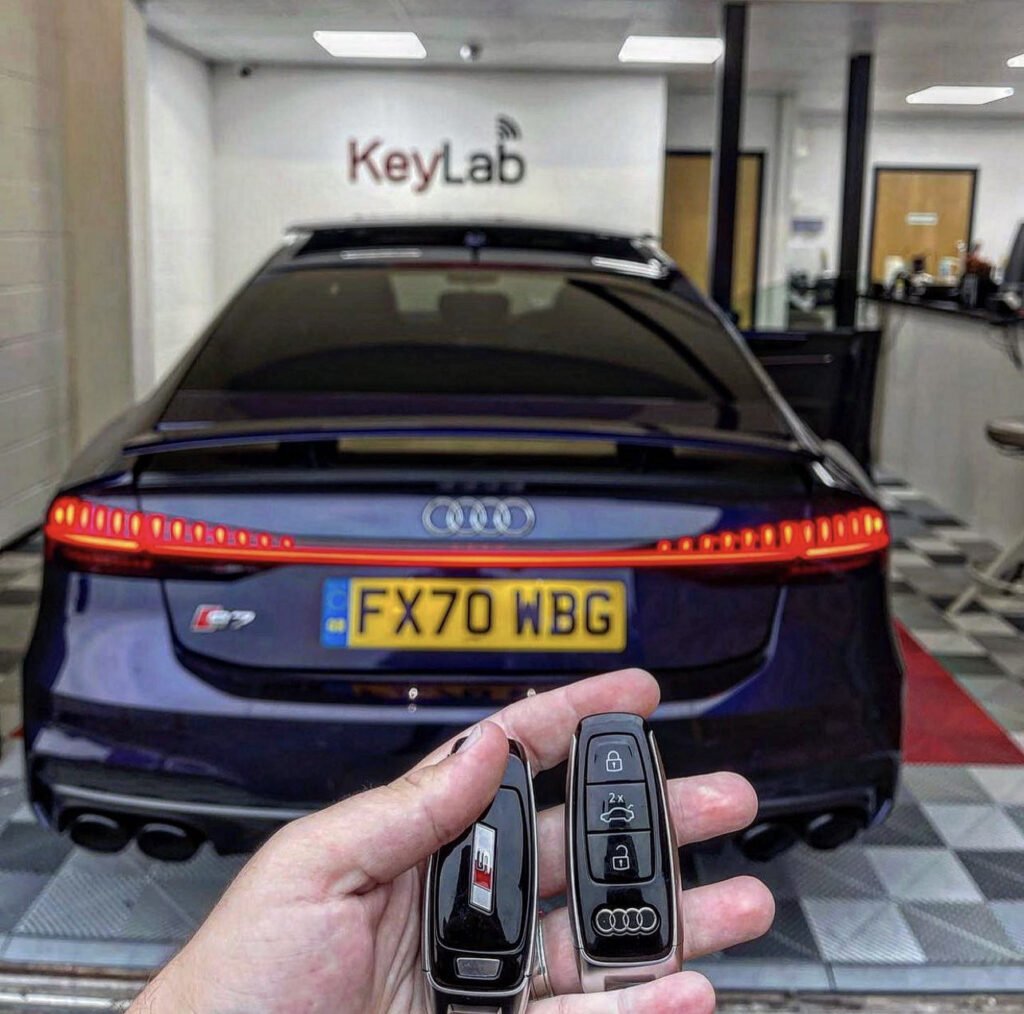Automotive Diagnostics
There are a variety of diagnostic tools that can be utilized for automotive purposes. They include back-pin probing as well as pattern recognition algorithms. These diagnostic tools can assist you to communicate with remote assistance facilities in addition to identifying components that are malfunctioning. These tools are essential to ensure your car is safe driving.
Warning system for component failure
Modern vehicles have many electronic and internal systems that are able to monitor the performance of the vehicle. A malfunction can cause these systems to malfunction. When a part of the vehicle fails to function correctly, it will send an alert signal to inform the driver about the issue. Some warning lights signify an issue that is minor, such as the gas cap being loose. Other lights can be a sign of a more serious issue.
A system that detects malfunctions can store information that will help repair technicians to identify the issue and then fix it. The repair technician can quickly repair the issue if it is discovered in time. By heeding the warnings, a vehicle owner can increase safety and cut down on the expense of maintenance.
Modern vehicles come with an onboard computer diagnostics system that constantly examines all major functions and systems. It is responsible for monitoring fuel economy as well as harmful emissions and other vehicle functions. A warning light will be illuminated on the dashboard if a component is damaged. This system is called OBD, and is used in personal vehicles, trucks, and commercial vehicles. It is now a standard industry practice that makes diagnosing much easier.

These warnings are referred to as Diagnostic Trouble Codes (or DTCs) and are the result of a diagnosis process to determine the root cause of the issue. Diagnostics involve research into the information on the service, pin-point testing on the vehicle, and checking affected areas. It is essential to be aware of the meaning of these codes so that you can effectively diagnose the problem with your vehicle.
Communication between the vehicle and the remote assistance facility
Remote assistance services are only compatible with your vehicle if there is a way of communicating with it. V2V communication (vehicle-to-vehicle) is a method to connect with other vehicles wirelessly and exchange data. This technology permits the transmission of omnidirectional messages up to 10 times per second. It assists vehicles to keep a an eye on their surroundings in 360 degrees. It can also make use of information from other vehicles to alert drivers of imminent accidents. These systems can also utilize audible, tactile, or visual alerts to help drivers avoid collisions.
Back-pin looking
Back-pin probing is a technique used in automotive diagnostics, employs a sharp point to touch automotive connectors. These probes are typically inexpensive and are compatible with most vehicle models. They are great for taking live circuit measurements without causing harm to connectors. This avoids the need of cutting wire insulation.
Many technicians prefer back-probing to diagnose automotive problems. It is more convenient than using a wire probe to cut through insulation. These tools can be inserted into automobile connectors using a variety tips. Many specialty back-probes feature smaller diameters, which helps to reduce the amount of leverage applied to the connector.
Certain automotive diagnostic kits include various connectors and probes, including banana plugs, alligator clips and pointed probe tips. Some kits come with different tests kits. These kits allow you to quickly and easily test the electrical signals that suggest the possibility of a problem in your vehicle.
Back-pin probing is among the most efficient methods to test automotive connectors. It allows you to quickly connect and disconnect test leads. Another benefit for this method of diagnostics is that it is affordable. This method can save lots of time, labour and also money.
On-board diagnostics
On-board diagnostics in automotive systems can provide drivers with important details about the condition of their vehicle. They will also be notified when their vehicle requires repair or maintenance. This technology could improve fuel efficiency and reliability. This technology can be used to improve safety and performance by car makers. These systems can also aid drivers in saving time as well as money by allowing them to view how their car is performing without needing to visit mechanics.
Before the introduction of standardized on-board diagnostics and on-board diagnostics for manufacturers, they developed their own systems. Early versions of the system featured their own connectors, electronic interfaces, and custom codes that were used to report a problem. The first systems were launched in the years 1968 and 1978 by Volkswagen and Datsun. The Society of Automotive Engineers (SAE) eventually required that all vehicles have the technology. how much are car diagnostic tests required that all cars have on-board diagnostics in 1994.
On-board diagnostics systems are so sophisticated that they rival the computing capability of a desktop computer. They are compatible with a variety of mid-speed networks, and are increasingly capable of handling huge amounts of data. Many on-board diagnostics systems include a vehicle speed sensor, which detects rough roads accurately. These sensors are integrated into the engine control module of the vehicle (also known as ECU.
If the engine of a car is experiencing issues or is experiencing problems, the OBD system will detect the issue and activate an alert light in the instrument cluster. When it has identified the issue then the OBD system stores a diagnostic trouble code. A mechanic is able to connect a scanner to the OBD connector under the dashboard to examine the trouble code. Although reading a trouble code is useful, it doesn't necessarily mean that a mechanic has a good idea what's wrong with the car.
